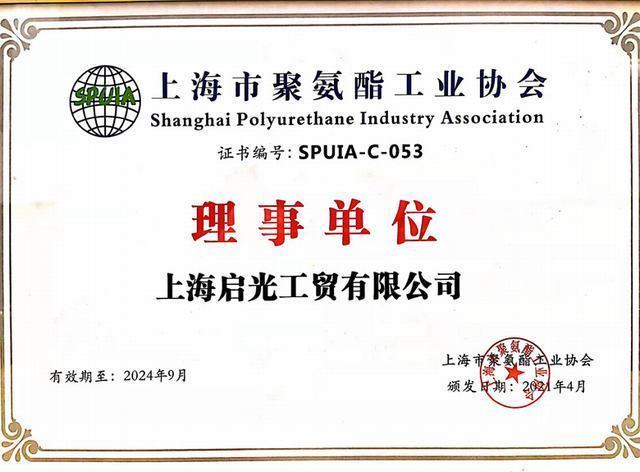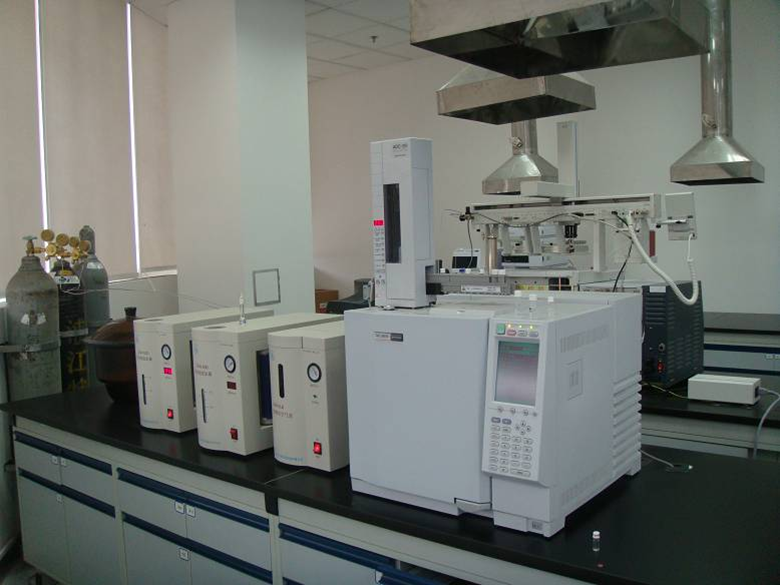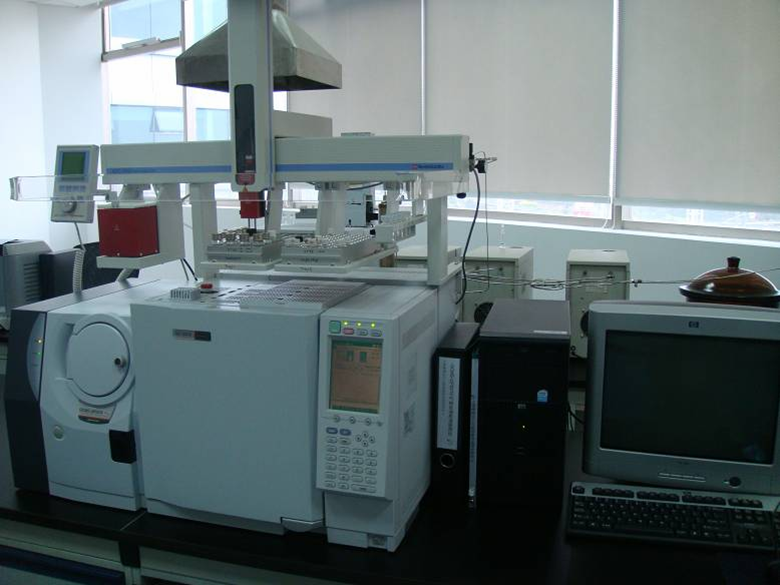The conversion of CO2 into valuable products is difficult because CO2 reduction is a complex multi-electron process that requires breaking high bond energies. To overcome this challenge, there are different techniques for converting CO2 into useful fuels/chemicals, including electrochemical, thermochemical, biochemical, radiochemical and photochemical methods. Among them, electrochemical CO2 reduction (eCO2R), which is performed at neutral pH, atmospheric pressure and room temperature, has a unique advantage over other conversion methods. So far, different types of monometallic, bimetallic, metal oxide, metal/carbon complexes and doped carbon materials have been reported as catalysts to catalyze the electrochemical conversion of CO2. However, the stability of catalysts and the price of catalysts for large-scale applications are areas that need attention in this field.
Metal-free catalysts based on carbon materials have attracted wide interest due to their large specific surface area and strong electronic interactions between the carbon-loaded and doped materials. Carbon-based metal-free electrocatalysts consist of carbon nanofibers, carbon nanotubes, graphene, diamond, carbon nanoribbons, nanoporous carbon and heteroatom doping of the above materials, where the heteroatoms are N, S, B, F, P, etc. These heteroatom-doped carbon materials can improve the current efficiency and electrical conductivity of the materials.

The isotopes of carbon
01

Carbon based electrocatalysts doped with metals/metal oxides
Usually, combining carbon with metal catalysts can improve the catalytic activity and increase the dispersion level and the number of effective active sites. In the eCO2R process, the product selectivity is usually influenced by experimental parameters, such as temperature, electrolyte cation and cathode morphology. The current density can be increased by improving the surface area of the cathode. Newly developed carbon nanomaterials (e.g., carbon nanofibers, carbon nanotubes, and graphene) are widely used as cathode materials for eCO2R because of their high chemical resistance, high specific surface area, and moderate electrical conductivity.
Metal electrodes supported by carbon-based materials have disadvantages such as high cost, low current density, low iron content, and high energy required for the mining process, which limit their use in large-scale applications of eCO2R. Another major problem is the poor stability of metals on carbon electrodes, which is a problem that needs to be seriously addressed. To solve the major problem of covalent bonding of metals to carbon in such materials, the use of thermal formation of metals and physical trapping of metals will provide some promising and possible strategies for metal formation. In addition, a better understanding of the mechanism of action of carbon-supported metal electrodes will open new doors for the design of composites containing specific compositions. To overcome these limitations, researchers must find an emerging approach using carbon-based metal-free catalysts that may be doped with some other elements, such as N, P, B, etc.
02

Carbon-based metal-free catalysts
Carbon materials that do not contain any metal elements are called carbon-based metal-free electrocatalysts. For eCO2R, metal catalysts such as Ag, Cu, Pd and Au have many problems, including relatively high overpotential, low selectivity and poor tolerance to acidic and alkaline environments. To overcome these drawbacks, carbon-based metal-free electrocatalysts have received increasing attention and are considered to be promising and potential alternatives. Although the eCO2R activity of pure carbon-based catalysts is generally low, N-doped heteroatoms such as doped carbon nanofibers and carbon nanotubes can greatly improve their selective eCO2R efficiency. These N-doped carbon catalysts possess properties such as high specific surface area, natural abundance, acid and base resistance, and high conductivity of eCO2R. It is generally believed that the activity, selectivity and stability of these catalysts depend on the nature of the carbon material and the doping sites.
1. Carbon nanotubes
Carbon nanotubes are mainly composed of carbon atoms and can be classified into two types: single-walled carbon nanotubes and multi-walled carbon nanotubes. Their unique electronic and geometric properties have attracted much attention for selective eCO2R studies.
2. Nanoporous carbon materials
Nanoporous carbon materials usually consist of regular structures that are naturally porous. Nanoporous materials are classified as membrane materials and bulk materials. Two examples of bulk nanoporous materials are activated carbon and zeolite, while membranes are also considered as a nanoporous material. These porous solids can also interact with gases and liquids, not only on their surfaces but also through their volumes, which makes this material excellent.
3. Carbon nanofibers and nanoribbons
Nanofibers have different physical and chemical properties and therefore have different potential applications. They can be generated by natural and synthetic polymer chains connected with covalent bonds. The diameter of nanofibers depends on the polymer production nanoribbons are often called

